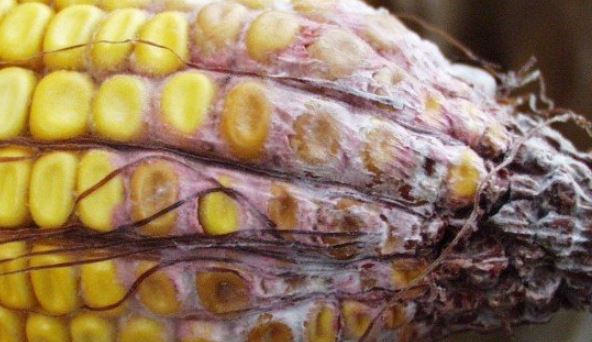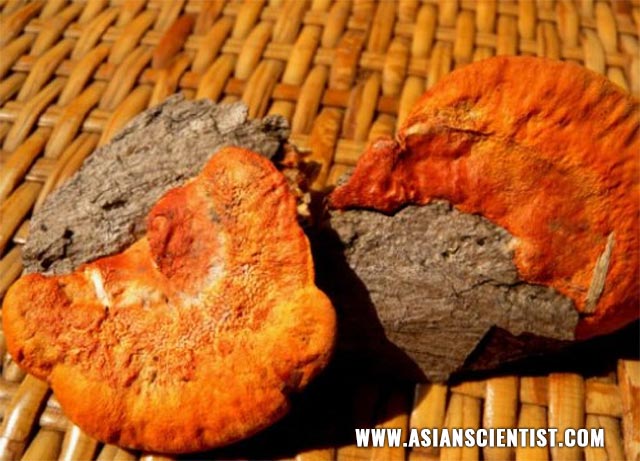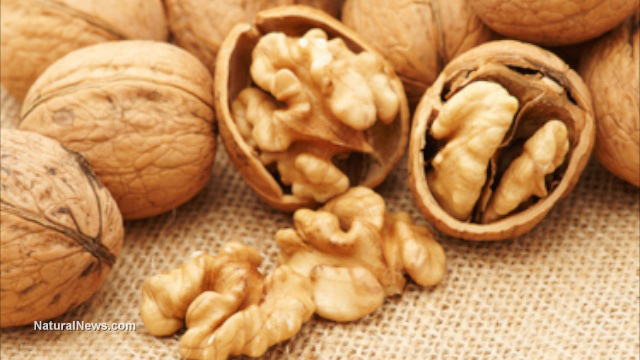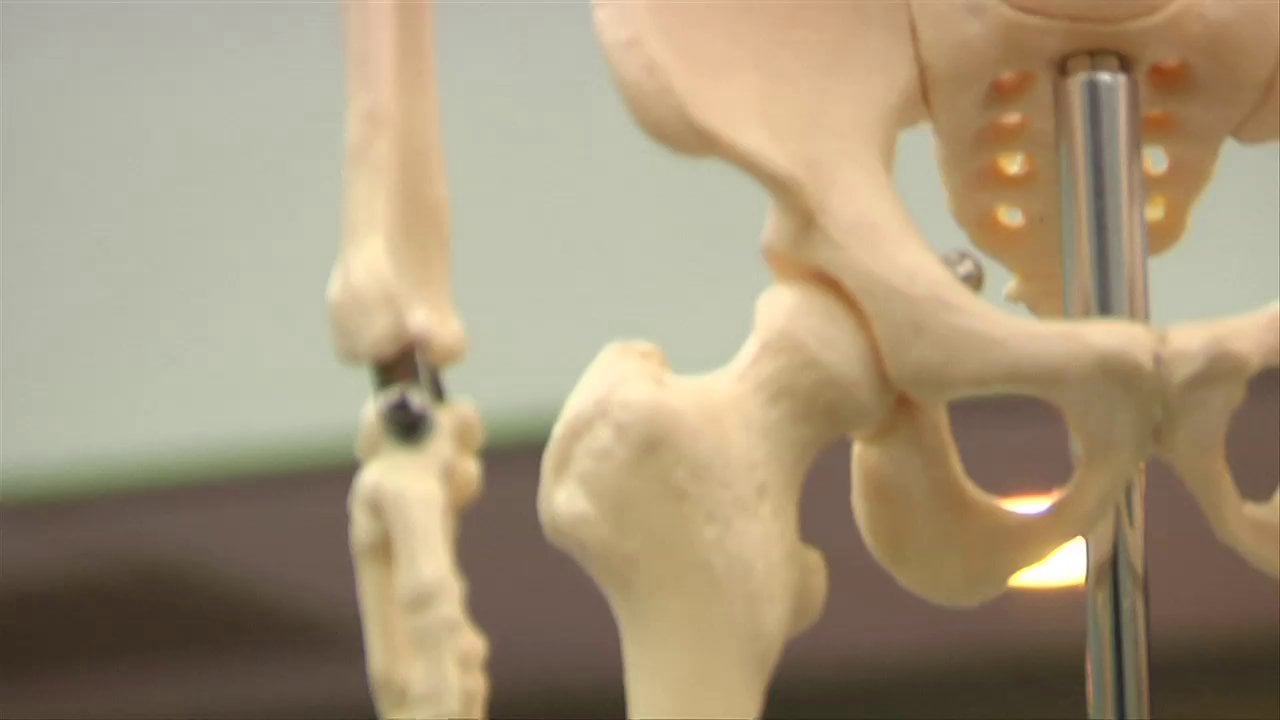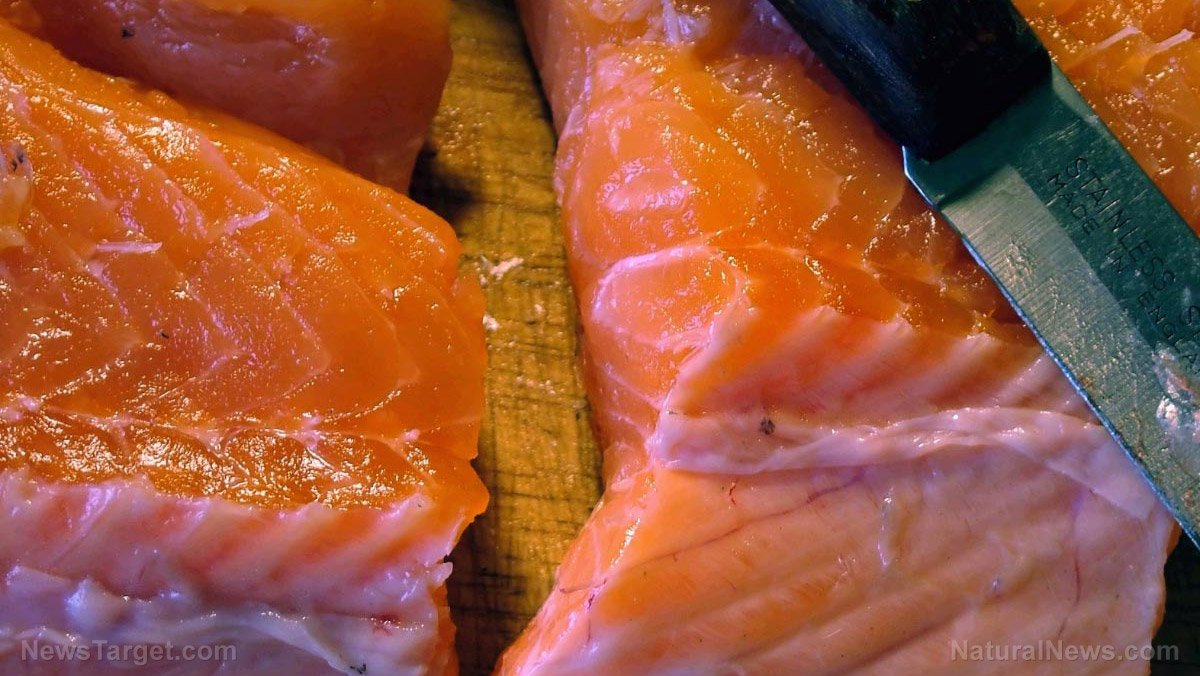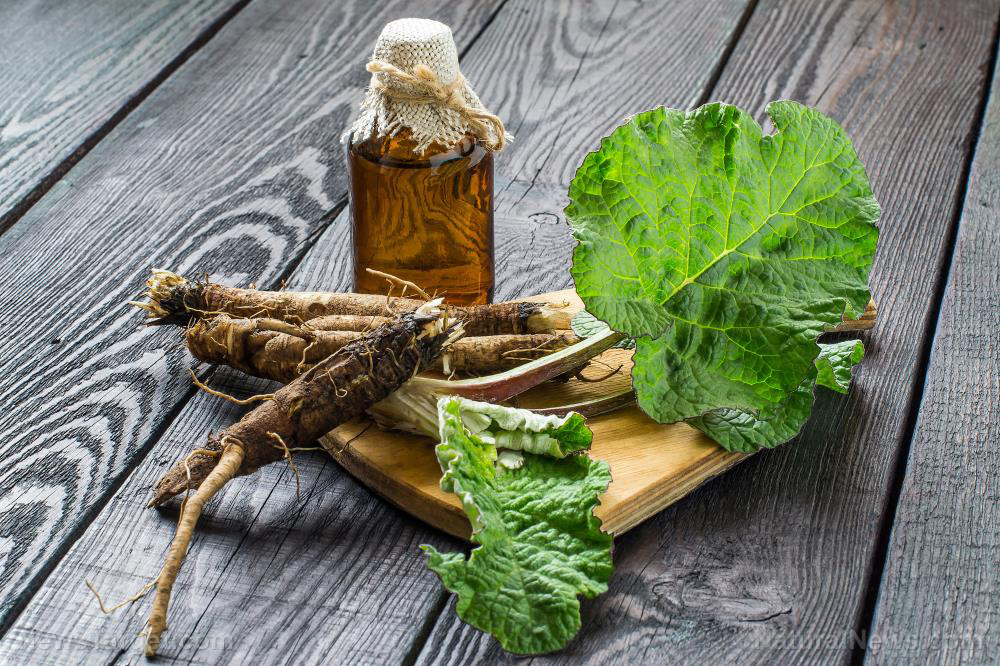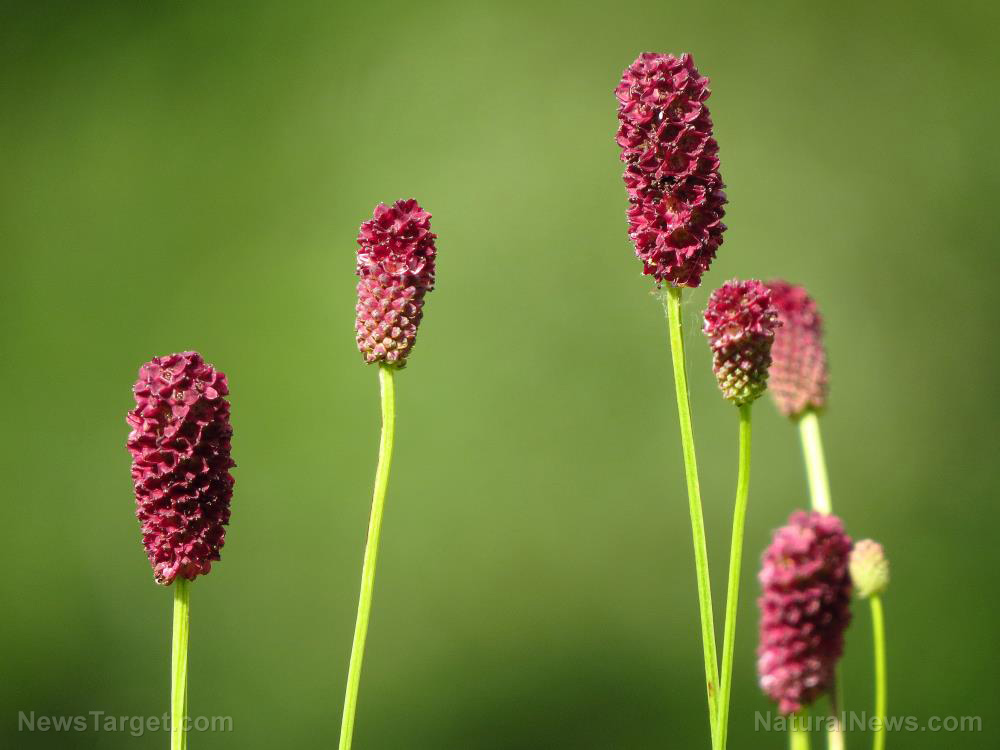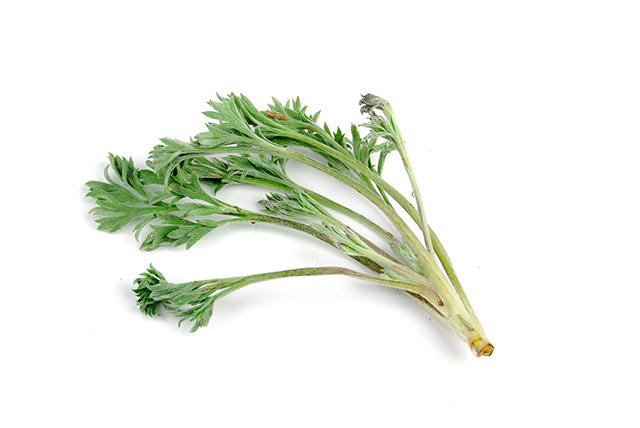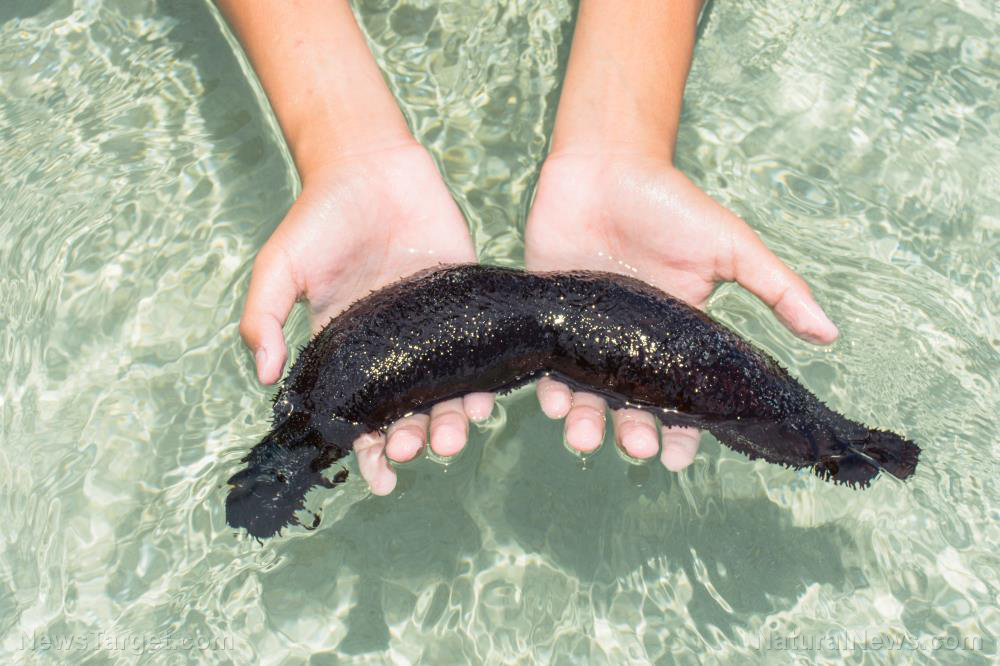Cannabis shows great promise for treating chronic inflammation and pain
06/07/2019 / By Edsel Cook
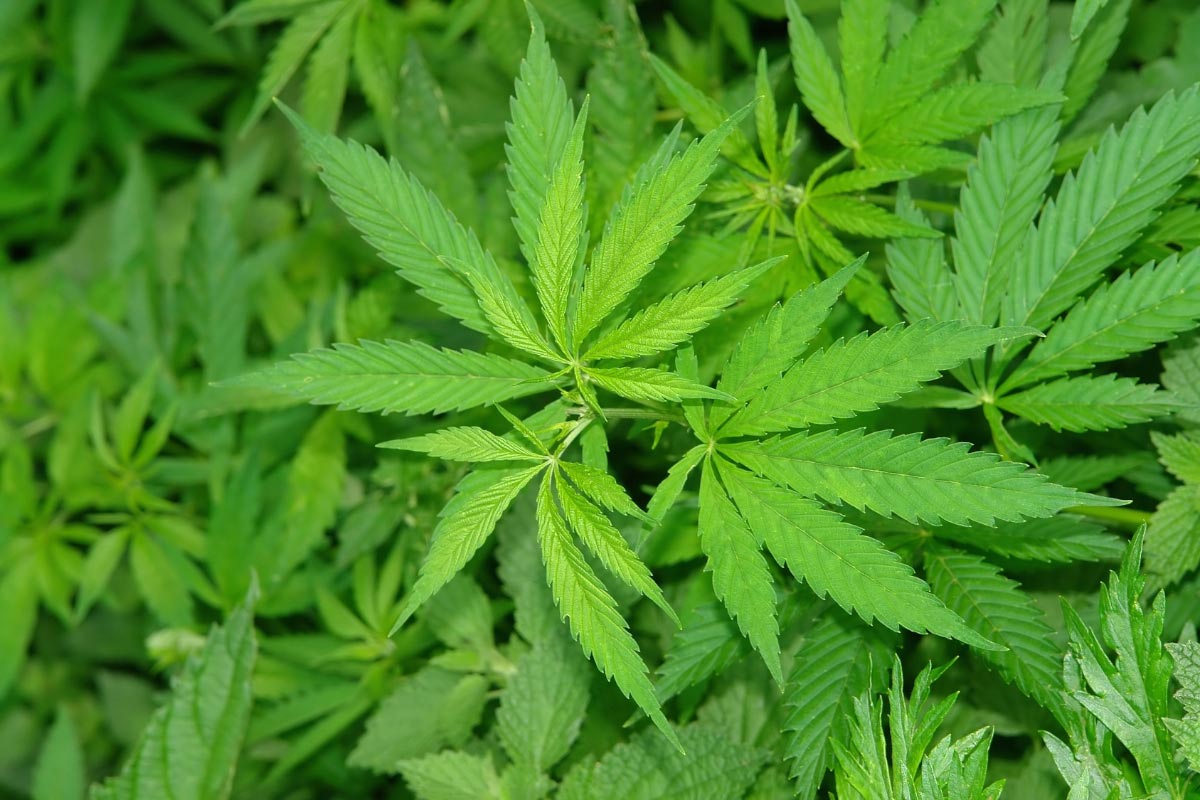
Cannabis offers a natural means of alleviating chronic inflammation and pain associated with various diseases. Researchers who investigated the roots of the plant report that they display considerable anti-inflammatory and pain relieving properties.
Almost every part of the cannabis plant sees use in one way or another, especially the flowers, leaves, seeds, stalks, and resin glands. Some of their applications include fiber material, food, fuel, and herbal medicine.
Roman naturalist Pliny the Elder provided the earlier documentation of the medicinal applications of cannabis roots in 77 CE. Many other traditional medicine systems from around the world mentioned preparations made from this particular part of the plant.
Modern-day scientific literature covering medicinal cannabis roots is sparse. Researchers from biotech company PHYTECS and organic skincare products company Ryz Rémi decided to compile the medical history and traditional applications of cannabis roots. They also covered the existing pharmacological information on the chemical compounds present in the roots. (Related: Understanding your endocannabinoid system and the role it plays in your health.)
The medicinal uses of cannabis roots include analgesic and anti-inflammatory applications
When used as herbal medicine, cannabis roots are either turned into a hot water decoction for oral consumption or applied on the skin as a poultice. Other ways include mixing wine with ground-up cannabis instead of hot water or combining the plant material with butter and fat, which serves as oral and topical medications.
100% organic essential oil sets now available for your home and personal care, including Rosemary, Oregano, Eucalyptus, Tea Tree, Clary Sage and more, all 100% organic and laboratory tested for safety. A multitude of uses, from stress reduction to topical first aid. See the complete listing here, and help support this news site.
Traditional medicine prescribes cannabis root for burns, calluses, fever, gout, infections, inflammation, and joint pain. Practitioners administer it to women who experienced difficulties in giving birth or suffered from postpartum hemorrhaging.
Cannabis root also works double-duty as an emetic that encourages vomiting and an anti-emetic that reduces uncontrolled vomiting. Veterinarians also use it as a vermicide.
Analyses of the active chemical compounds in cannabis roots spotted the presence of epifriedelanol and friedelin. Large amounts of the two triterpenoids appeared in algae, lichen, mosses, and plants. They were also present in coal and mineral wax. Researchers have not yet reported success at isolating either epifriedlanol or friedelin from the roots.
Friedelin extracted from non-cannabis sources displayed many activities in vivo and in vitro. It acted as an analgesic and an anti-inflammatory. It also played antioxidant, anti-pyretic, cytotoxic, estrogenic, and hepatoprotective properties.
Historical records identify cannabis root as a cure for tumors. In the past, “tumor” covered any abscess, sore, swelling, or ulcer on the body. This previous historical definition encompassed inflammation of the joints. Only in modern times did the term “tumor” become restricted to cancer-related formations.
Cannabis roots can relieve pain, reduce inflammation, and more
Furthermore, studies found carvone and dihydrocarvone in the essential oil of wild cannabis roots from Jammu, India. Identified by their minty scent, these monoterpenes were also present in the essential oils of spearmint and dill.
Carvone and dihydrocarvone displayed antinociceptive properties. They inhibited the detection of stimuli associated with pain. Researchers were evaluating the potential use of the monoterpenes as natural pain relievers for patients suffering from osteoarthritis.
Other compounds in cannabis roots include N-(p-hydroxy-?-phenylethyl)-p-hydroxy-trans-cinnamamide, cannabisativine, and anhydrocannabisativine. While data on cannabisativine and anhydrocannabisativine proved nonexistent, N-(p-hydroxy-?-phenylethyl)-p-hydroxy-trans-cinnamamide is found to display analgesic properties, making it another potential natural pain reliever.
The roots of the cannabis plant contain choline and several plant-based sterols. Choline is the precursor of the vital neurotransmitter acetylcholine, while campesterol, sitosterol, and stigmasterol reduce cholesterol levels.
Unlike the flowers and resin glands, the roots do not have any cannabinoids. However, the potential effects of the other phytochemicals found in the plant part make up for the absence of the signature chemicals of the cannabis plant.
Sources include:
Tagged Under: alternative medicine, anti-inflammatory, cannabis, CBD, chronic inflammation, hemp, herbal medicine, Herbs, inflammation, Medical cannabis, medical marijuana, natural cures, natural medicine, natural painkillers, Naturopathy, pain killers, pain relief, THC, traditional medicine


